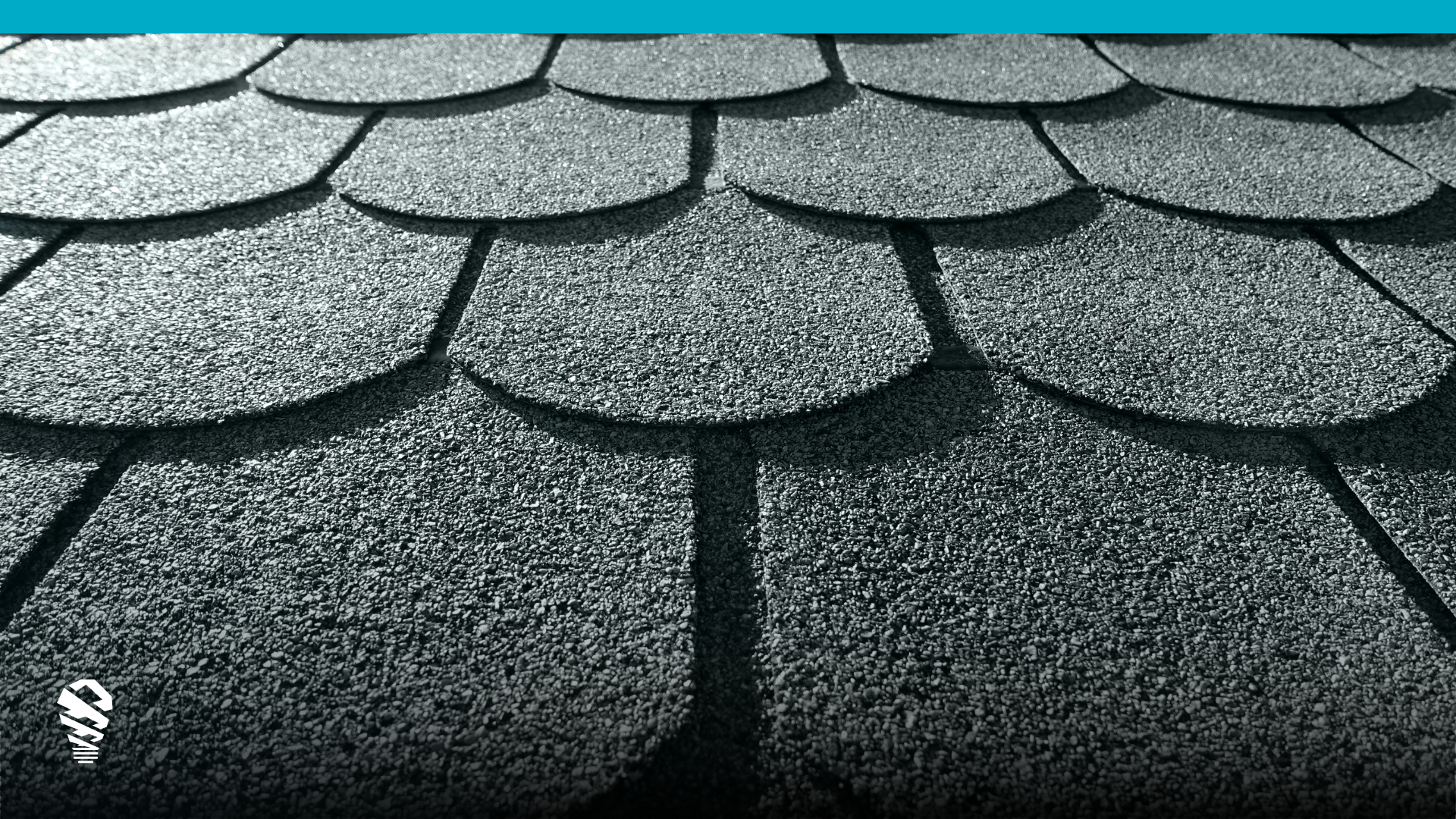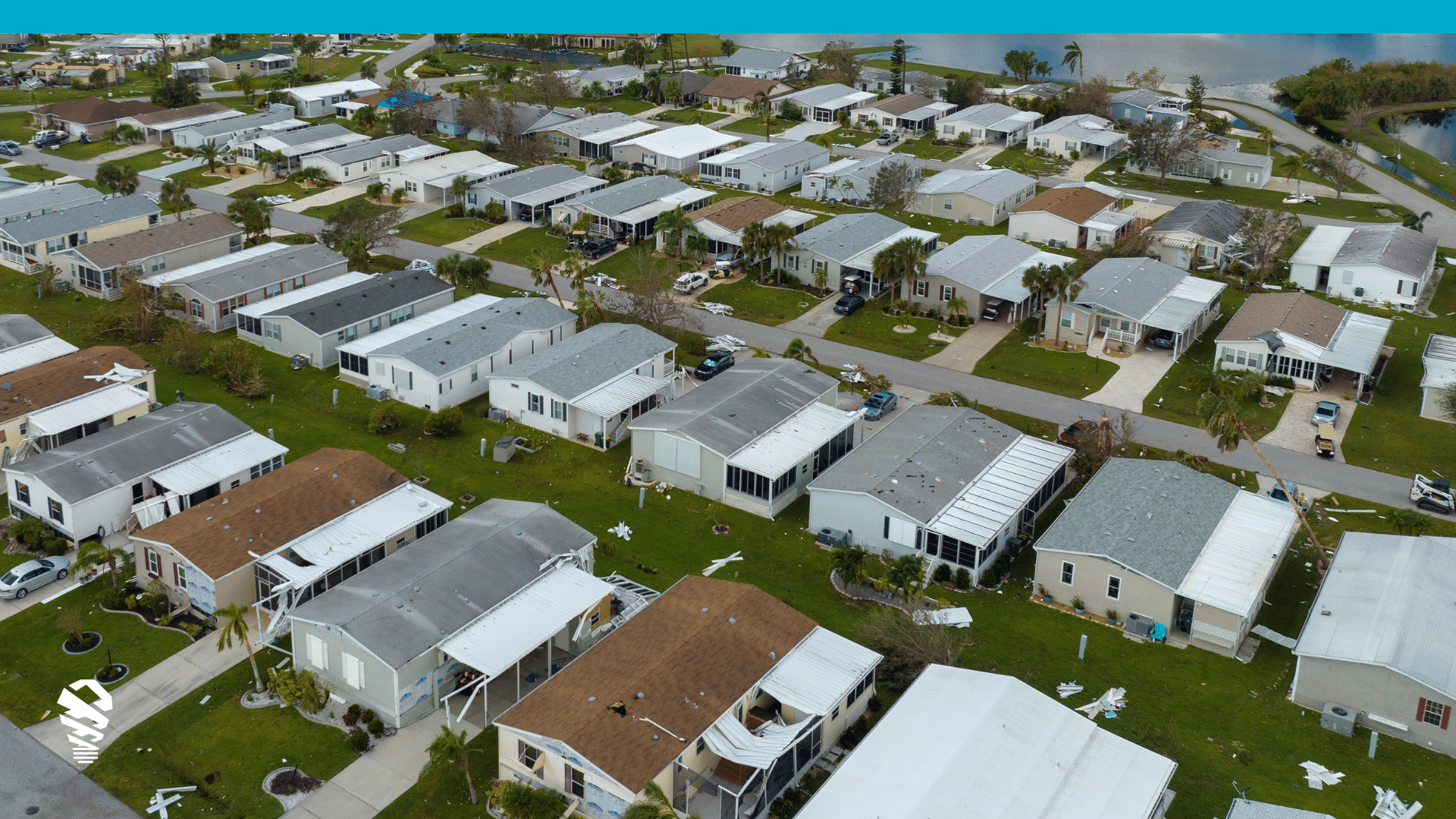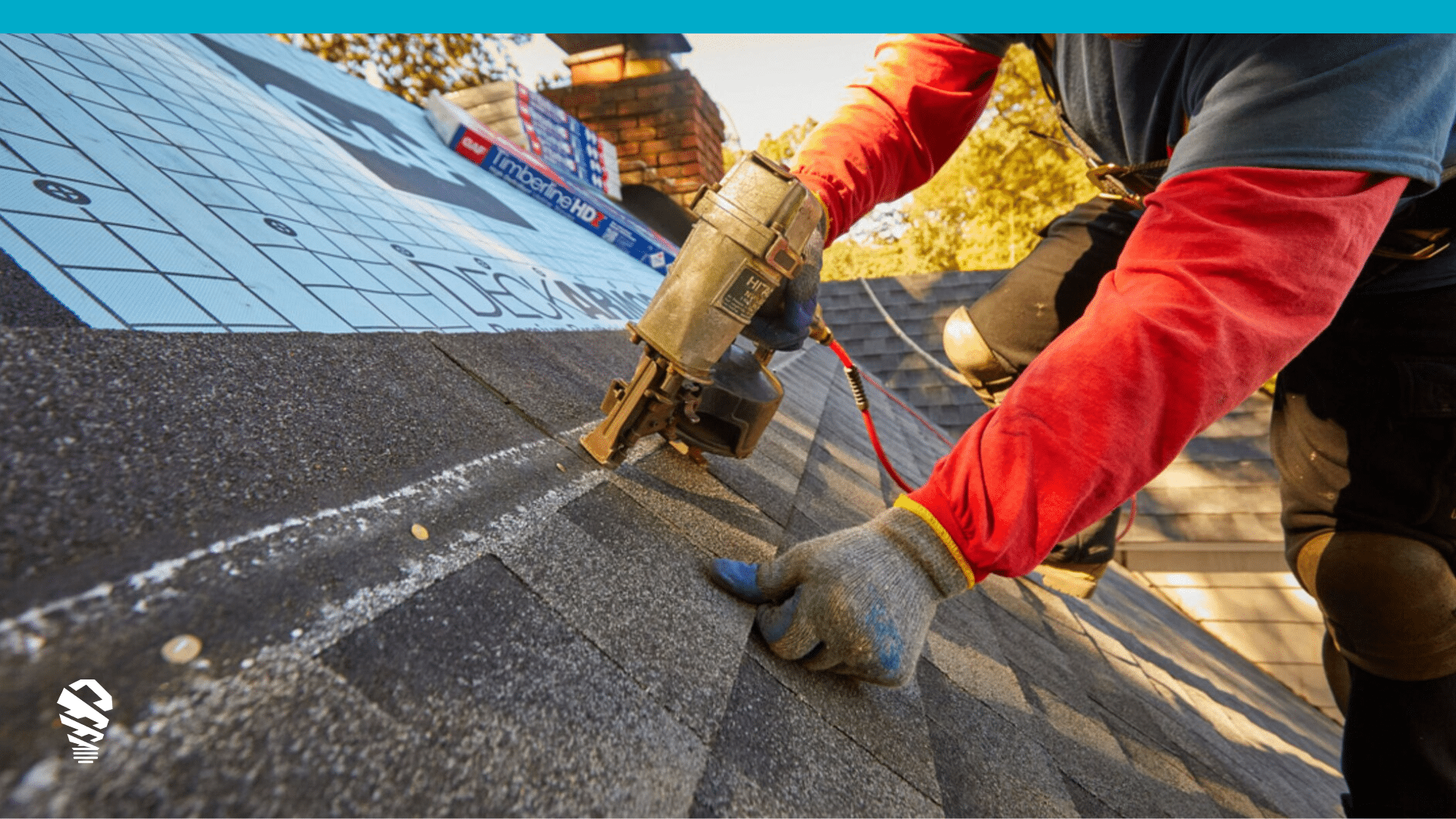Storm season comes every year. Are you ready?
We’re ready. That’s why we are sharing with you our complete guide to storm work.
In this guide we’ll share the basics, best practices and success stories of one of the most lucrative markets for a roofer. Don’t listen to the naysayers, the storm market is booming bigger than ever before.
You’ll learn about finding storms, responding to storms, sales programs for canvassing, and case studies of contractors who have built empires on storm response.
Storm Season Basics
Storm season first begins in the south as early as March. In April and May, most Midwest states are experiencing storms. Peak storm season occurs in June, July, and August although hurricane season can extend wind damge later. Where is hail loss the biggest? According to the NICB, during the years 2017 to 2019, largest number of hail loss claims were in these states:
Storm season comes every year. Are you ready?
We’re ready. That’s why we are sharing with you our complete guide to storm work.
In this guide we’ll share the basics, best practices and success stories of one of the most lucrative markets for a roofer. Don’t listen to the naysayers, the storm market is booming bigger than ever before.
You’ll learn about finding storms, responding to storms, sales programs for canvassing, and case studies of contractors who have built empires on storm response.
Storm Season Basics
Storm season first begins in the south as early as March. In April and May, most Midwest states are experiencing storms. Peak storm season occurs in June, July, and August although hurricane season can extend wind damage later. Where is hail loss the biggest? According to the Insurance Innovation Institute, these are the states with the most hail claims in 2019:
State | Number of Hail Claims in 2019 |
|---|---|
Texas | 192,988 |
Colorado | 69,742 |
Nebraska | 56,897 |
Kansas | 50,737 |
Minnesota | 33,976 |
Illinois | 47,798 |
Missouri | 33,976 |
North Carolina | 25,026 |
Iowa | 19,744 |
Indiana | 18,404 |
The Insurance Information Institution reports hail-related losses between 2000 and 2019 averaged $8 billion to $14 billion a year. So how big is the nationwide market for hail-damaged roof work? $8,000,000,000 to $14,000,000,000. Every. Single. Year. These numbers give insight to the potential business size of storm work available.
If you’re in an area historically affected by hail, you need to build a response to the next hail event before it happens. When storm comes, you will need to respond quickly, efficiently, and with the right tools.
Storm Season Readiness
Answer these short question to determine your readiness to respond to the opportunity when it comes:
- Do you have access to hail and weather reports that will notify you of recently affected areas?
- Does your team have the experience and tools to document and classify storm damage versus non-storm damage?
- Do you have the templates needed to work with major insurance carriers in your area? Are you prepared to work with their processes and make it easy for them to approve a claim?
Have you heard the old adage about saving money. When is the best time to start saving? Yesterday. The same is true for preparing for storms in your area.
How to Find Storm Work
What are the key pillars that makes some roofers successful in storm and insurance work? insurance restoration roofers successful?
Process.
You’ll have to nail your process to succeed in this area, but if you do, the market is huge. Let’s dig in to the first step of the process.
If you are looking to begin or expand your storm work, you’ll need a process to know when and where a storm is coming before it hits. First, familiarize yourself with historic data as severe storms – especially where uncommon – can lead to roof replacements long after the storm has passed. You’ll want to rank neighborhoods by severity of storm and time since the storm has passed.
But when the next storm rolls in, how will you be ready? There are many apps and services to notify you of incoming weather. Due to our partnership with GAF, we are most familiar with WeatherHub. It’s powered by AccuWeather but built for contractors. If you are affiliated with GAF, you may qualify for a discount or even free access.
Some weather report solutions have ratings systems for each storm. They’ll combine factors like storm severity and population density with an easy to digest number. This number can help you prioritize the most affected areas.
Knowing the hail size in an affected area will help you project damage. Hail larger one inch often causes functional damage to asphalt shingles. We’ve included a handy hail size guide below in this email.
Any large weather event is likely to attract out-of-area roofers to compete on your turf. For this reason, you need to nail down your process before the weather hits. You want to know where to go. You want to be first. And you need the right pitch.
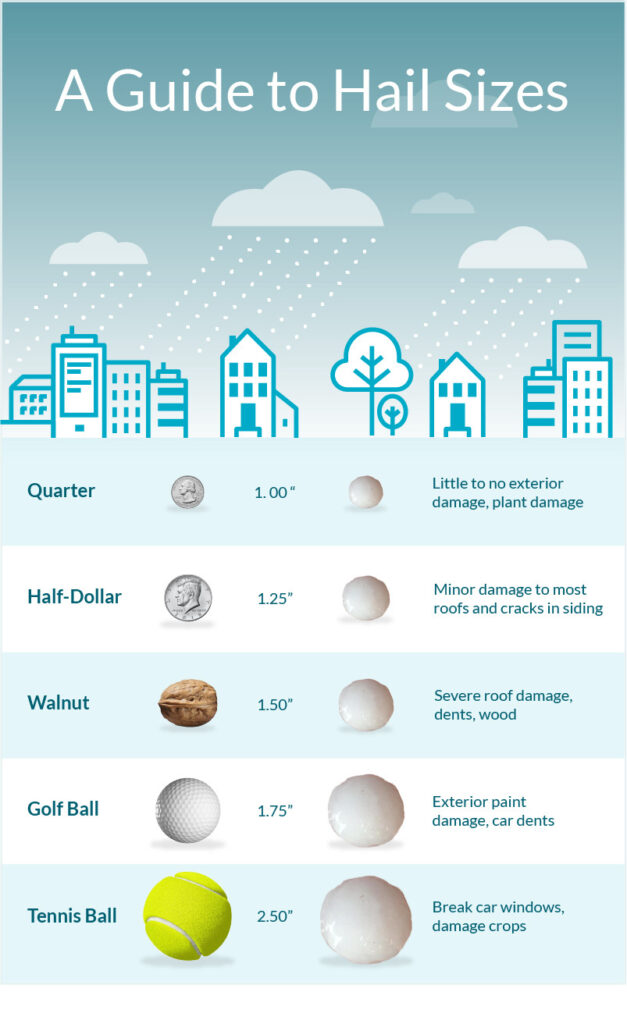
Canvassing Affected Areas
Door to door sales is grind, but technology is making it possible to canvass like a king. How? The right inspection tech will:
- Automate and accelerate inspections, making it possible for sales professionals from outside roofing to perform the inspection. Your canvassers won’t need to be experts at identifying roof damage to be successful.
- Enable collaboration through the cloud, allowing one person at the office to review inspections, annotate damage, create inspection reports, and book follow-up sales meetings for closers to review the findings with the homeowner.
- AI Damage Detection to establish and validate your authority while driving urgency.
- Be drone compatible, while smartphone inspections have their place, a drone platform adds automation while keeping your canvassers on the ground – and your workers comp rates lower.
- Now that you have your process, you need to nail your pitch. First let’s review some basic selling psychology, courtesy of Dr. Robert Cialdini.
Six Principles of Persuasion
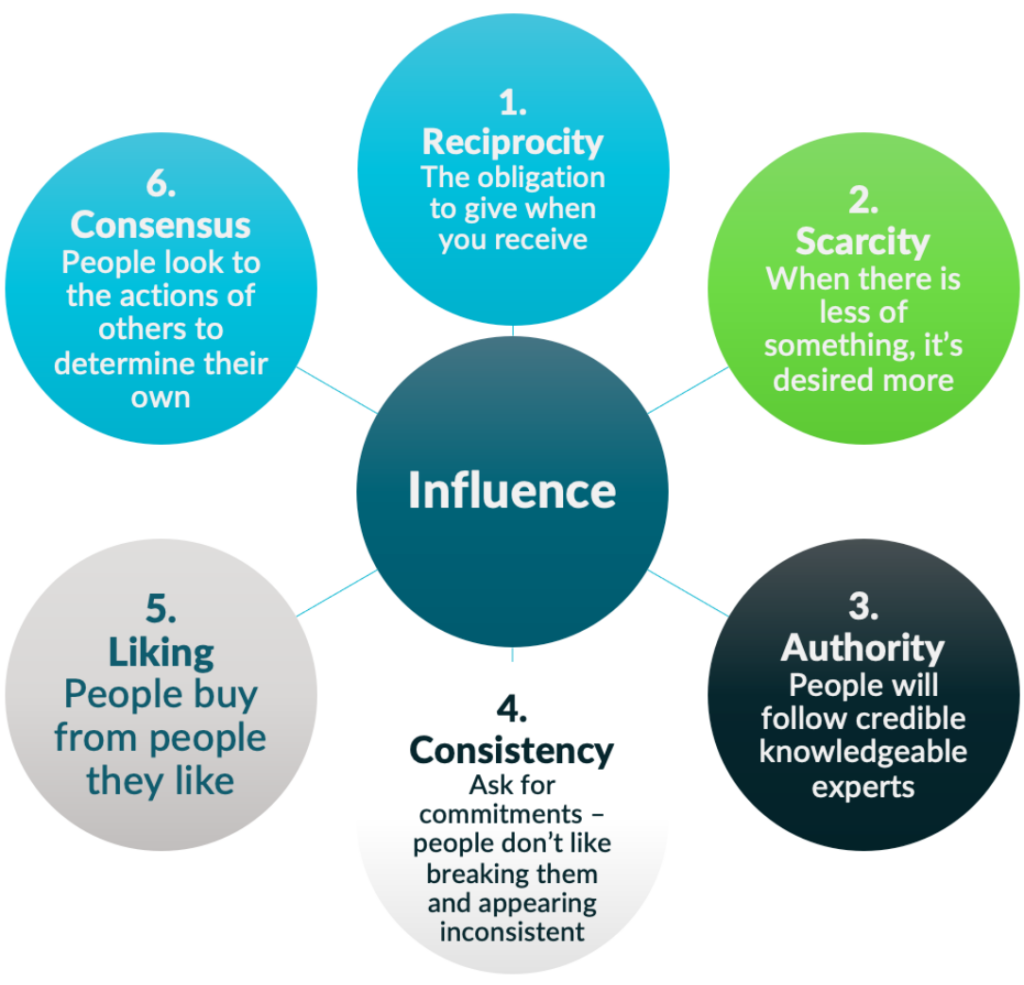
The roofers killing it today are utilizing all six of Cialdini’s principles of persuasion from his famous book Influence. What does incorporating these into your pitch actually look like? Glad you asked.
Offer a free roof inspection. By leveraging the principle of reciprocity, you’ll have a compelling offer difficult to refuse and homeowners will be more open to meeting to discussing the finds of your inspection when complete.
If you’re using IMGING, your canvasser can complete an automated drone inspection safely from the ground in minutes – saving you additional money in workers comp. Your idea canvasser will likely be a younger sales professional licensed for commercial drone flight.
Make it clear that you’re visiting the neighborhood only once to promote scarcity. Also mention how several neighbors that have already received a free drone inspection as this promotes consensus.
Before the door-to-door salesperson leaves, obtain a verbal commitment to review damage any found damage with a company representative in the future. This brings the principle of consistency from the homeowner into the relationship.
When your closer returns with an annotated inspection highlight damage, point out that your software uses artificial intelligence to identify potential damage to introduce the software as having credible authority.
You’ll notice that only 5 of the 6 principles of persuasion were discussed here. We left out likability as that’s something you’ll need to control through training and your hiring process.
Finally, to establish our authority and promote the consensus that this is a model being used in the real world, read the stories of two of our many customers who are employing IMGING in a door-to-door model for storm work:

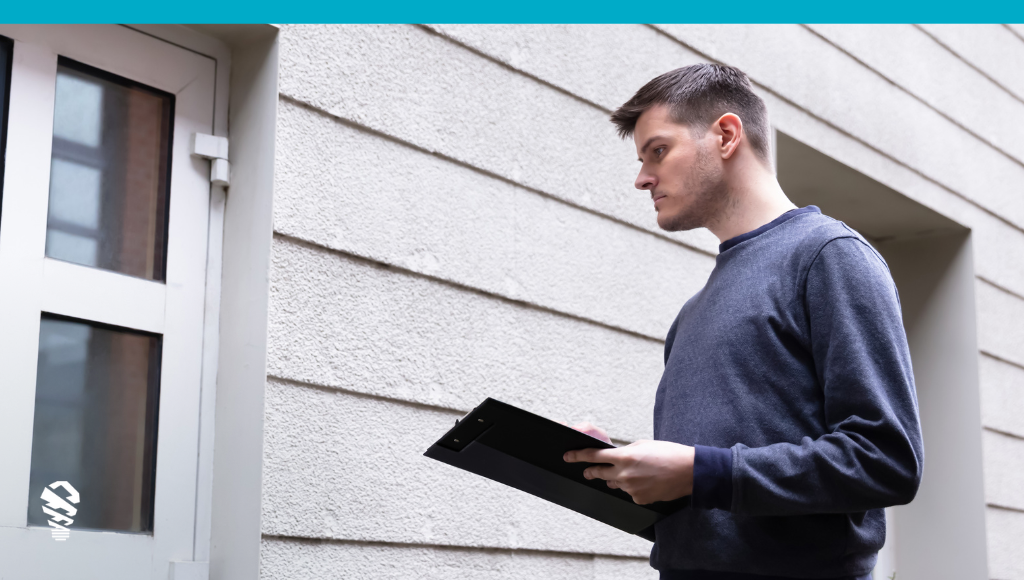
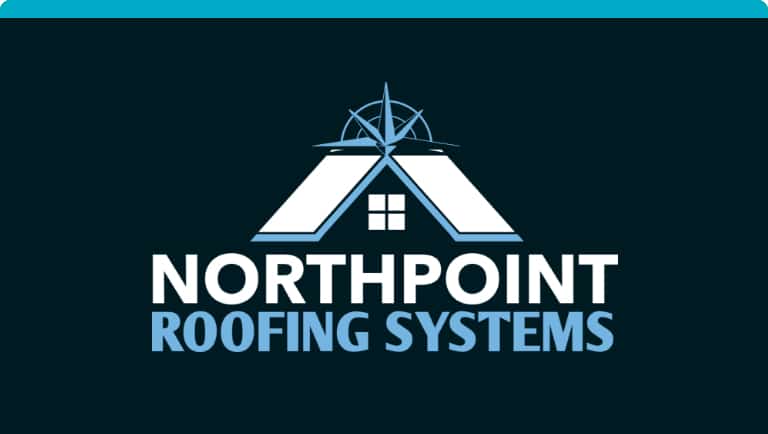
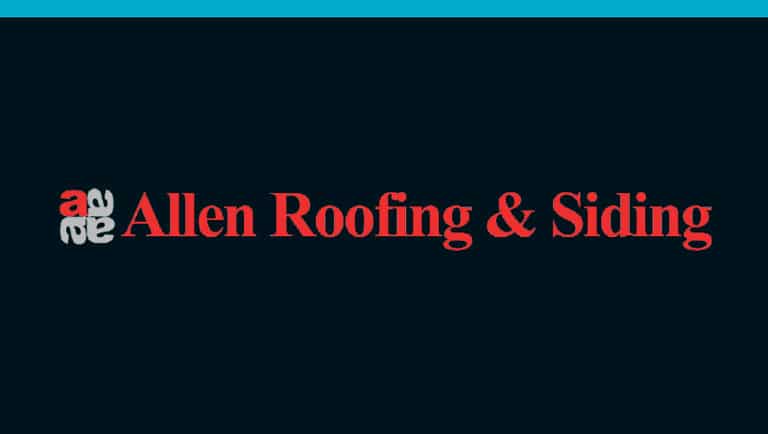
![How to Measure a Roof With a Drone [Updated April 2023]](https://www.lovelandinnovations.com/wp-content/uploads/2024/04/How-to-Measure-a-Roof-With-a-Drone-Updated-April-2023.png)
